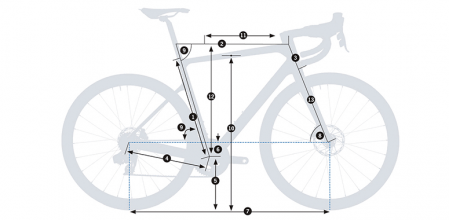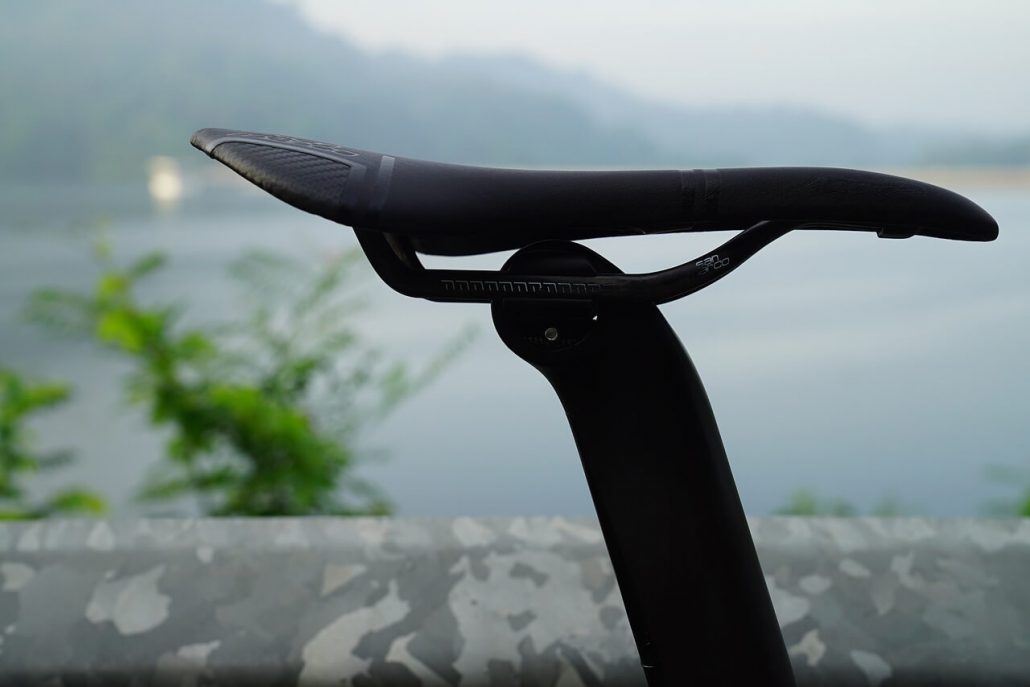BIKE TIPS
What is the correct position on the bicycle for comfortable pedaling?
Can't find the right position on the bike after pedaling for 2 or 3 hours straight? Then most likely you need to adjust the position of your saddle, handlebars, or pedals, or simply train a bit more. But as we're sure our readers are excellent cyclists, in this blog, we'll explain how to find the right position on a mountain or road bike.

What does having the correct position on the bicycle depend on?
Well, it basically depends on the correct adjustment of the 3 points of contact between the bicycle and the cyclist. We are indeed talking about the saddle, pedals or cleats, and handlebars. Here are some general guidelines that most cyclists can follow, although for precise adjustments, it's best to get a biomechanical study at a specialized center.
Before we begin adjusting the correct position on the bicycle, we must ensure that the frame size is correct. How? Well, it's very easy. We lean our head, back, and buttocks against the wall and measure the distance from the lower perineum area to the ground. Multiply the result by 0.66, and you have the correct frame size for you. Now, let's see how to adjust the position of the 3 key elements mentioned earlier.
Saddle
To adjust the saddle and achieve the correct position on the bicycle, we'll need to use a calculator! The same inseam height we explained and measured earlier, but this time, with the addition of your footwear, should be multiplied by 0.885. The result should be the same as the distance between the top center of the saddle and the pedal axis.

Handlebar
A significant percentage of cyclists have their handlebars too low. The afternoons in August spent watching the Tour de France on TV have led amateur cyclists to want to imitate their idols by lowering the handlebars more than they should. This change in position can lead to neck and back pain or simply the sensation of numbness in the hands. So, what is the correct handlebar height? Well, it depends on the height of the saddle.
- Saddle height 65-68: Between 5 and 6 cm less
- Saddle height 69-72: Between 6 and 7 cm less
- Saddle height 73-76: Between 7 and 8 cm less
- Saddle height 77-79: Between 8 and 9 cm less
- Saddle height 80-82: Between 9 and 10 cm less
Pedals or cleats
Let's move on to the last of the elements that will help us achieve the correct position on the bicycle and make every pedal stroke more powerful and efficient. In this case, the pedal axis should be aligned with the metatarsal bone joint of the foot. To put it in plain terms for all those cyclists who don't have a second profession related to the world of health, this means with the point where the big toe bends. This way, you make full use of the leg's extensor power. If you've adjusted it correctly, when you put the pedal crank in a horizontal position, you should be able to draw a straight line from your kneecap to the pedal axis.

We are confident that by adjusting these three elements straightforwardly, you'll achieve a remarkable improvement in your position on the bicycle. However, as mentioned earlier, for precise adjustments, the best option is to undergo a biomechanical adjustment with a professional.
HERE ARE A FEW TIPS FOR CYCLING IN SUMMER



